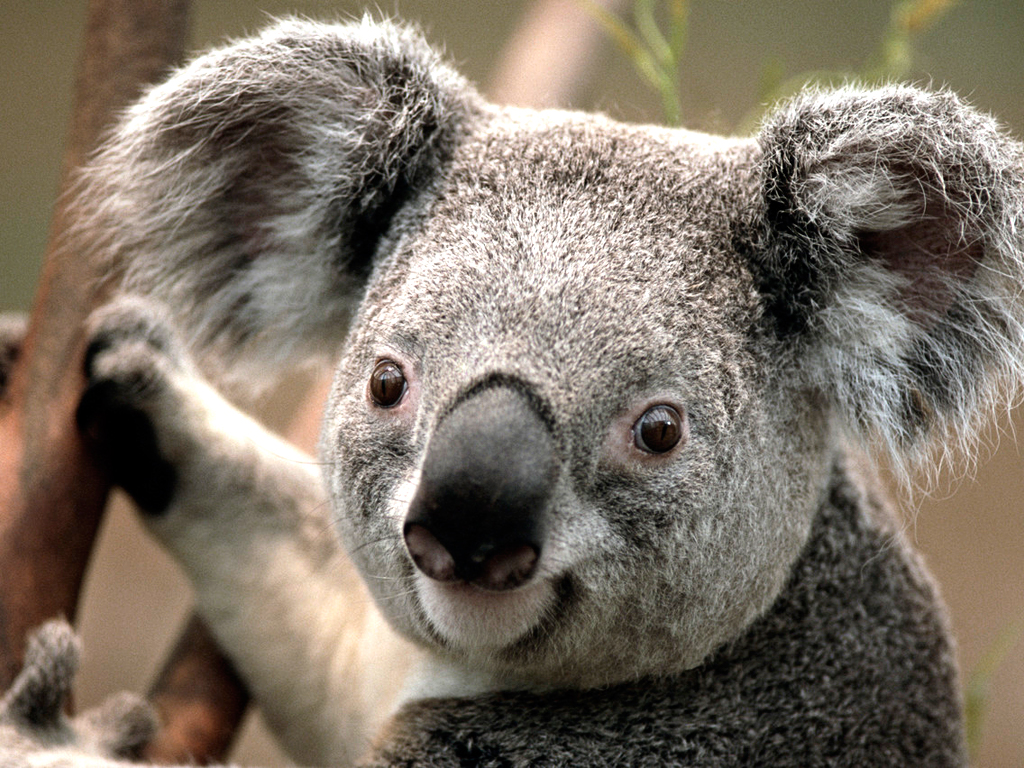Back in October we took a look at the phenomenon of citizen science that has really taken off over the last decade, particularly with the internet and smart devices allowing people to contribute to projects online.
Since then two big citizen science events have taken place in Australia – the inaugural ACT Bioblitz and the Great Koala Count in NSW.
The ACT Centenary Bioblitz, organised by Molonglo Catchment Group in partnership with the Atlas of Living Australia, saw citizen scientists trekking around Canberra’s Black Mountain Reserve surveying the local biodiversity – birds, insects, mammals, fish and more. Over 450 people turned out to participate during the last weekend in October. Molonglo Catchment Group has released their wrap up of the event, saying a total of 322 different species were recorded from a total of 808 sightings. We were there to capture the action. Check out this video to see what a bioblitz is all about:
Then in November, the Great Koala Count took place in NSW, organised by the NSW Parks Association in partnership with the Atlas. Over a period of ten days citizen scientists surveyed their local environments and used a special app to record sightings of koalas and, importantly, an absence of koalas. Almost 800 citizen scientists took part in the count which generated 1000 records – and made international headlines.
The biodiversity data captured by both these events will be entered into the Atlas of Living Australia where it will become part of Australia’s online biodiversity record. Here it will meet with data that has been collected by scientists or stored in biological collections over previous decades, even centuries. This old data, often existing as hand written notes, is being painstakingly transcribed into digital format for the Atlas by yet more citizen scientists. November saw a milestone 50,000th task transcribed by an Atlas volunteer and the 500th volunteer signed on to help – the most prolific volunteer, Megan, has completed 10,000 of those tasks!
Ok great, so all that hard earned data is in the database… but what happens then?
Koala. Image: Flickr/Alberto Ifes
As the Atlas’ Director John La Salle mentions in the video above, biodiversity surveys provide a snapshot of what species are living in a particular place at a particular time – or in the koalas’ case where they are living and in what sort of numbers. Once you have that baseline established you can measure any changes with greater accuracy and confidence, such as any decline in koala distribution, and therefore carry out more informed environmental management for example. And when you transcribe old records into a digital format and enter them in the database you can also make comparisons with the past.
The Atlas is a data scientist’s paradise and as the database grows so does its potential for use. Some researchers have been demonstrating how the spatial portal of the Atlas could be used to determine which environments in Australia are best suited for producing great Pinot Noir, or those that may be environmentally sensitive to a wind farm because of the bird and bat species present – these case studies and others give an insight into the Atlas’ capabilities.
You can add your own sightings of species you come across at any time using the OzAtlas app or through the online portal.


